
En el año 2019, dos localidades rionegrinas y nueve chubutenses dieron vida al Corredor de Los Andes, una iniciativa regional que abarca unos 300 kilómetros al pie de la cordillera y que ofrece un amplio abanico de propuestas. Hacia el verano, el verde del bosque patagónico y los lejanos picos nevados se abrazan con los imponentes lagos y los serpenteantes ríos montañosos en la diversa oferta de turismo aventura; mientras la humeante gastronomía típica se hace una en las tardes de té galés con torta y se complementa magistralmente con la prodigiosa cerveza artesanal.
Entre El Manso y El Bolsón, en el extremo suroeste de Río Negro, y Corcovado, pasando por Esquel, en el centro del Chubut, estos 300 kilómetros se recorren en unas cinco horas de viaje en auto. Cuatro accesos internacionales conectan a la Argentina con Chile y una decena de pueblos comparte ríos, lagos y bosques, con el cobijo de la cordillera de los Andes en el oeste inmenso e imponente. La mítica Ruta 40 es el canal guía, del que se desprenden otras trazas nacionales y provinciales que conectan las localidades. El paisaje hermana el aire, la tierra y el agua, confluyendo en panoramas inigualables para los gustosos de la fotografía y del paisaje majestuoso.
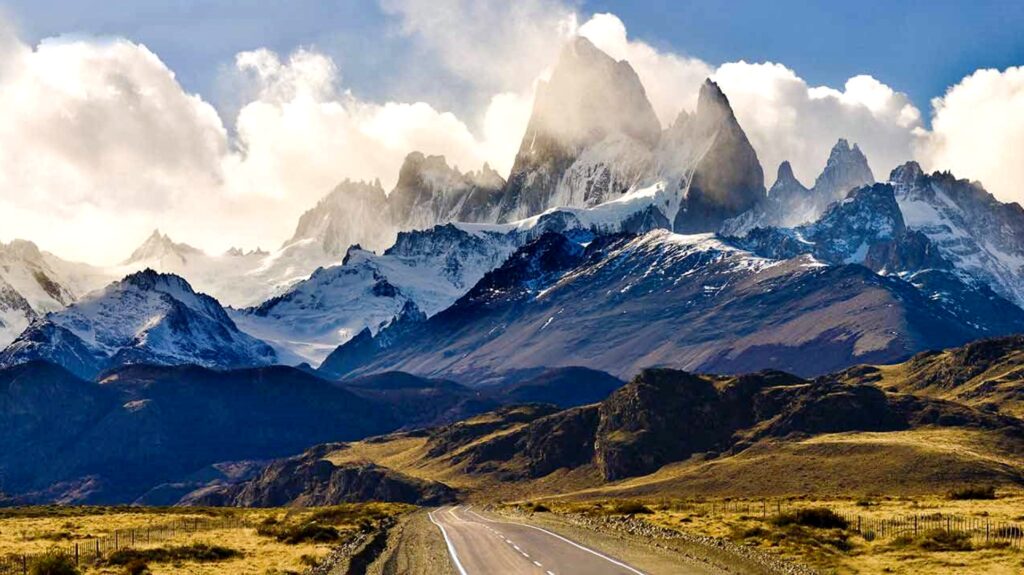
La flamante propuesta de Corredor es de alguna manera heredera de la Comarca Andina y comprende a las localidades rionegrinas de El Manso y El Bolsón, y a las chubutenses de El Maitén, El Hoyo, Lago Puelo, Epuyén, Cholila, Gualjaina, Esquel, Trevelin y Corcovado. Esta iniciativa permite a los viajeros disponer de unas dos semanas para dar cuenta del inmenso manojo de postales vivas que habitan en los mencionados 300 kilómetros.
Amén de las bellezas propias que tienen en común estos destinos, las ofertas familiares son el común denominador que sorprenden a grandes y chicos. El Corredor permite recorrerles, aprovechando cada día, pasando la noche en hosterías, hoteles, cabañas, para retomar la actividad por la mañana. Sin dudas, la naturaleza patagónica, con sus variantes, es la mejor aliada para esta aventura sin igual. Los gustosos del agua mansa se sorprenderán en los inmensos lagos cristalinos, donde la pesca con mosca y los paseos náuticos permiten disfrutar de un paisaje exultante.
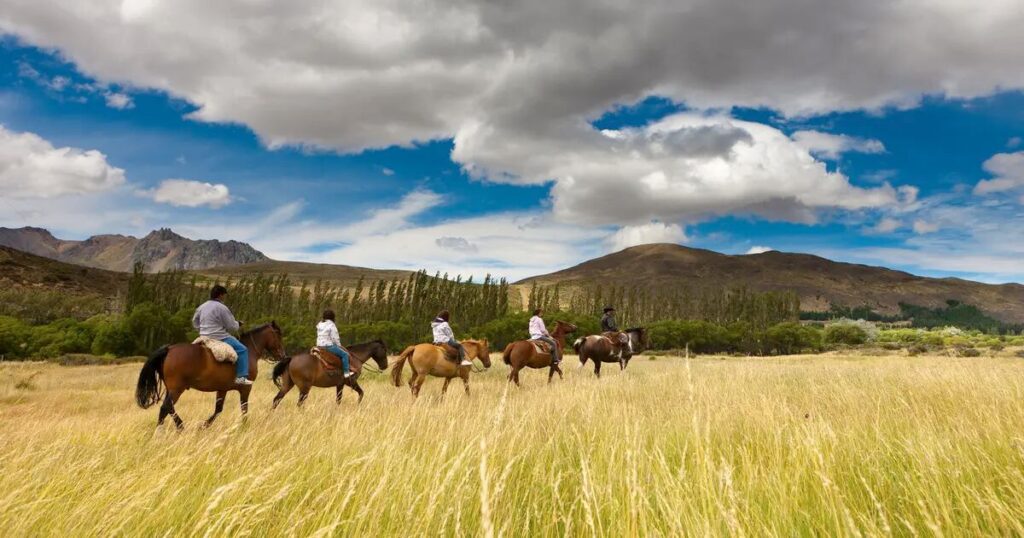
Y quienes buscan vivir experiencias emocionantes con la adrenalina a todo vapor, encontrarán su premio en el rafting por los rápidos ríos de montaña: una de las opciones predilectas, tanto para grupos de amigos como para familias con niños y jóvenes.
Por tierra, la flora patagónica en primavera y verano estalla en colores, con la predominancia de verdes intensos que se destacan en primer plano con el imponente fondo de la Cordillera, blanca nevada en sus picos. Cabalgatas y diversos recorridos de caminatas y cicloturismo, tanto en las zonas más altas como en los valles, son ideales para tomar dimensión cercana de la riqueza natural y las actividades productivas de la región.
También hay opciones para quienes quieren alejar sus pies de la tierra: el clásico parapente, los vuelos de “bush flyings” y el canopy o tirolesa, ofrecen tres maneras diferentes de vivir los paisajes patagónicos desde el aire.
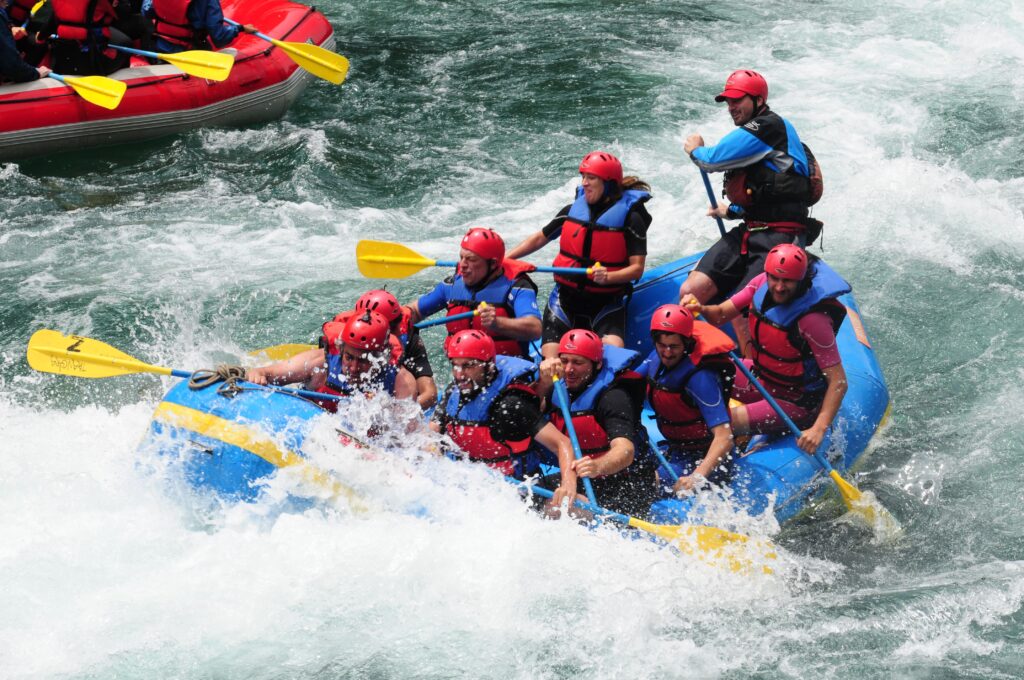
Cerros nevados, viñedos, campos sembrados, los lagos, se toman de la mano, a la vista de quienes abordan las avionetas que surcan el cielo en vuelos que en menos de una hora brindan postales inimaginables de la extensión patagónica. Así de audaces, pero impulsados por el viento sureño, los paseos en parapente desafían la imaginación con planeos en los que el cuerpo se suspende y el tiempo parece dejar de correr, 20 minutos se vuelven de pronto un puñado de eternidad, habitado por la inmensidad de los paisajes del sur.
Entre bosques de coihues, otro atractivo especial se ofrece a los visitantes amantes de tomar distancia del suelo: el canopy. Conocida también como tirolesa, esta disciplina permite cruzar distancias de hasta medio kilómetro a una altura de 100 metros sobre extensos cañadones. Suspendido con una polea por cables montados en inclinadas travesías, el visitante se cautiva ante la desprejuiciada paleta de colores de las flores autóctonas, que impactan los sentidos y celebran esta época del año. Paisajes conocidos lucen novedosos, frente a las nuevas perspectivas que se abren desde el aire.
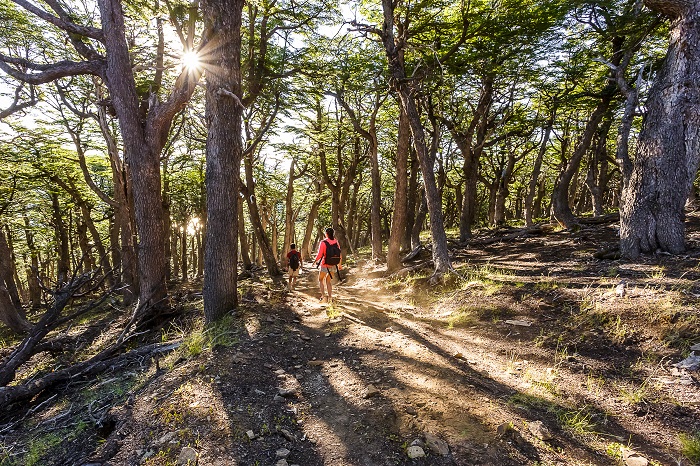
En los sabores de la Patagonia, confluyen ingredientes originarios con aquellos que llegaron en los barcos de la inmigración. La oferta gastronómica de la región rinde homenaje a estos legados, tomando de la tierra sus mejores frutos y combinándolos en recetas intensas y variadas.
Hongos de primavera, tallos de la gigantesca nalca y el picante merkén son ofrecidos por los cocineros a quienes arriban a los comedores, ávidos por descubrir a qué sabe esta ancha extensión austral, que se eleva en la cordillera y hacia el este se desliza hasta perderse en el Océano Atlántico.
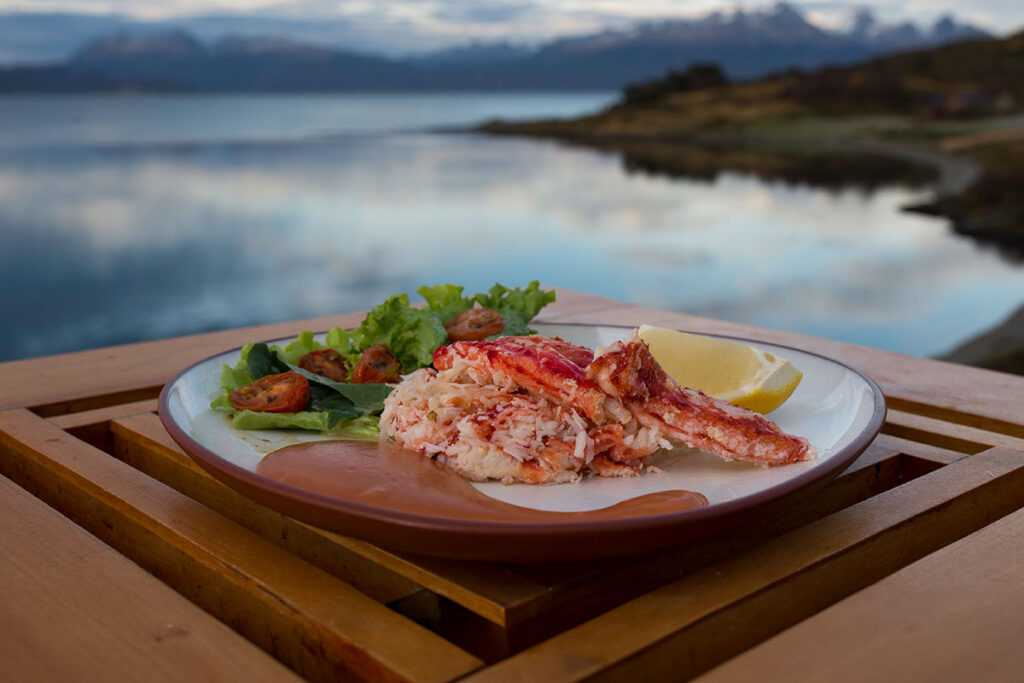
El humo de las brasas conquista la carta, con especialidades varias de carnes autóctonas. Cordero estofado y trucha ahumada son los manjares más solicitados. También el ciervo, pese a que su textura es algo más extraña al paladar desacostumbrado. Suele presentarse en escabeche como alternativa. En algunos comedores pueden encontrarse innovadoras recetas, como un chimichurri elaborado con piñones, los frutos de las araucarias: un árbol común en la cordillera. También las liebres y los langostinos son requeridos, aunque en menor medida.
Frente a sabores y propuestas que para los paladares menos acostumbrados pueden resultar extraños, la labor de los mozos muchas veces complementa la oferta con una tarea didáctica y pedagógica, orientando a los comensales según sus propios gustos e inquietudes.
Como complemento de las comidas, año tras año se impone con mayor fuerza la cerveza artesanal, cuya elaboración gana terreno en la región con una producción de lúpulos que llama la atención en el resto del país e incluso en Sudamérica.
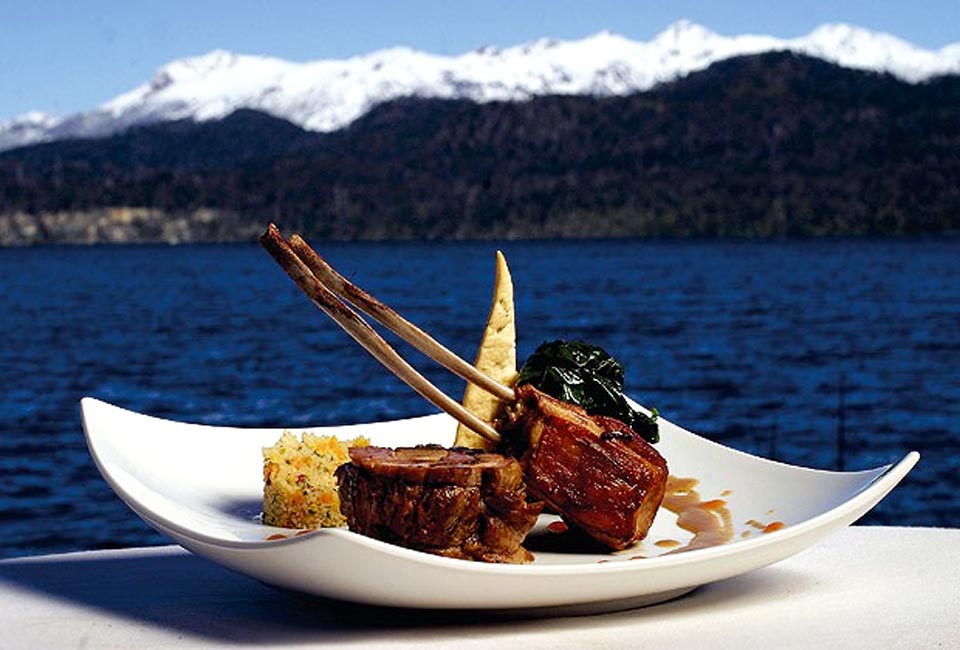
El lúpulo es el ingrediente que le otorga el amargor a la cerveza y es el componente básico, según los paladares más encumbrados de la bebida. Se estima que probablemente la humedad del microclima andino sea la que brinda las condiciones propicias para la proliferación en la región del tan deseado componente de la cerveza.
Lo cierto es que esta producción crece exponencialmente de un tiempo a esta parte y que para los visitantes, es ineludible en cada parada de este largo Corredor, degustar las diferentes marcas que se presentan, como requisito indispensable para moldear el propio gusto.
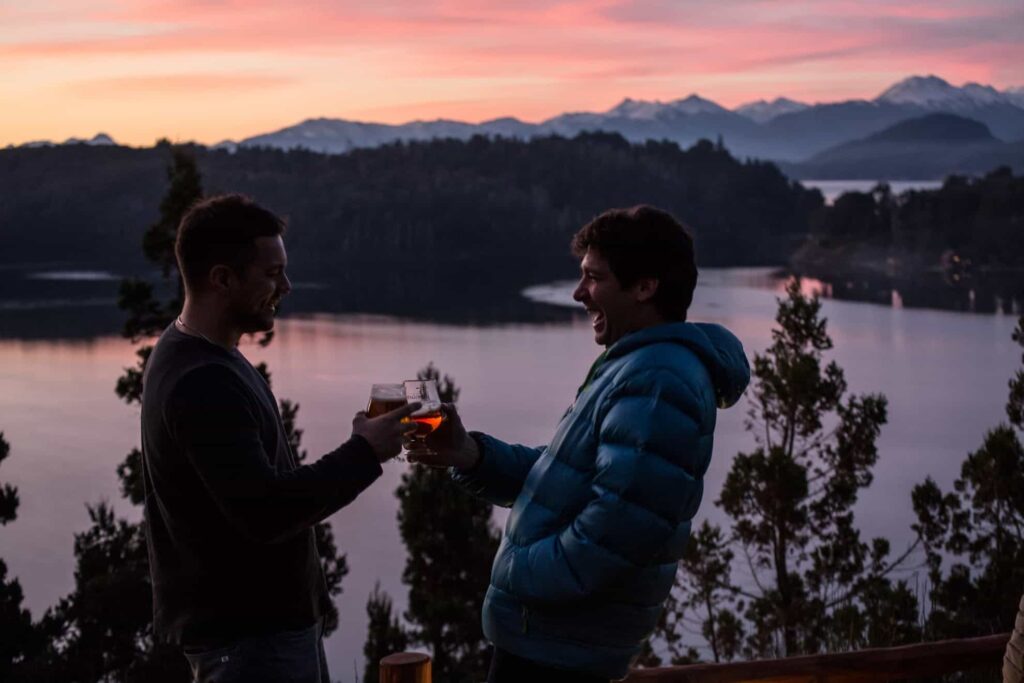
El turismo por el Corredor de los Andes pone a prueba los sentidos, con su oferta de aventura y desafío al paladar; de la mano de su encomiable riqueza natural, que en cada estación del año luce una paleta de colores diferente.
Este tesoro no es un bien inagotable y, por lo tanto, en cada parada se invita al visitante a tomar dimensión del valor de patrimonio natural que lo rodea y a tomar consciencia sobre la necesidad imperiosa de cuidarlo y de promover su defensa y resguardo. Cada rincón de este inasible paisaje cordillerano ha sobrevivido a incontables movimientos tectónicos y a la creciente actividad humana.
El Corredor de los Andes transmite al visitante una muestra de lo que abarca la inmensidad patagónica: ese conjunto de paisajes que aislados sorprenden, pero juntos y ordenados en circuitos, son un canal virtuoso hacia la emoción. No está de más recomendar que para cada excursión se vaya descansado y con ropa y calzado cómodo, presto a la sorpresa y dispuesto a despertar múltiples emociones, provisto de máquinas de fotos y celulares, y principalmente con los sentidos permeables a la belleza, a los sabores y a los sonidos de la naturaleza.
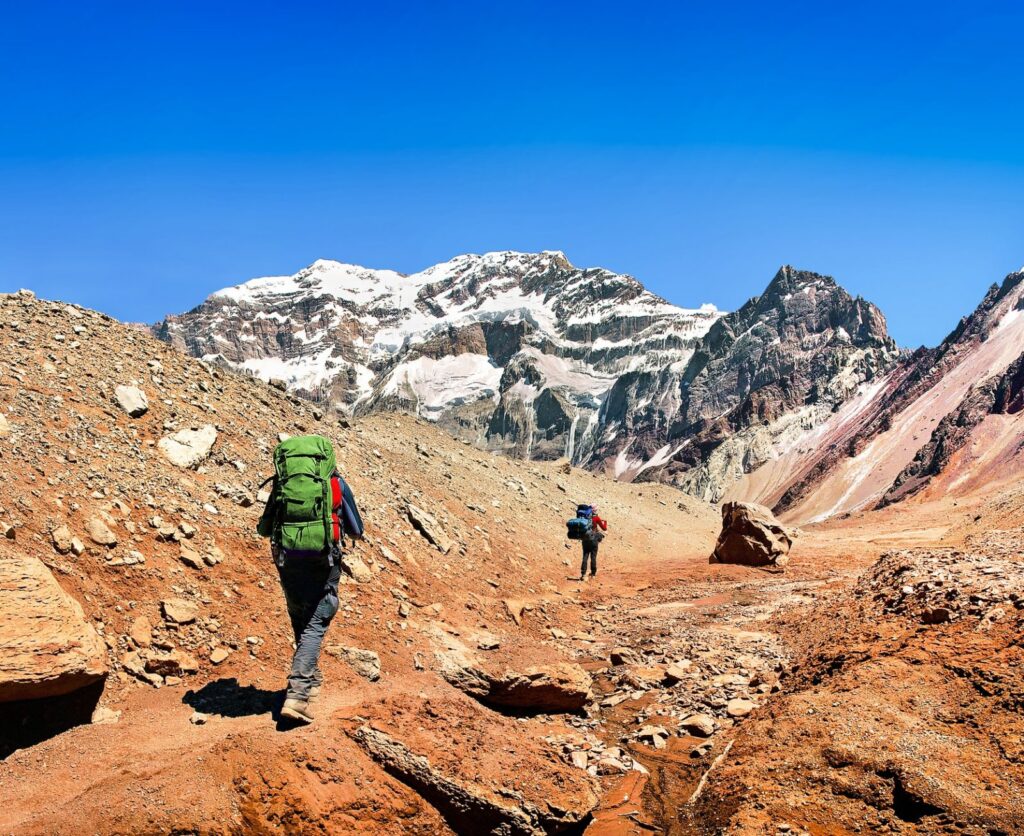
English Version
Andes Corridor: a circuit through the living postcards of Patagonia
In 2019, two towns in Rio Negro and nine in Chubut gave life to the Andes Corridor, a regional initiative that covers about 300 kilometers at the foot of the mountain range and offers a wide range of proposals. Towards summer, the green of the Patagonian forest and the distant snow-capped peaks embrace the imposing lakes and the meandering mountain rivers in the diverse offer of adventure tourism; while the steaming typical gastronomy becomes one in the afternoons of Welsh tea with cake and is masterfully complemented by the prodigious craft beer.
Between El Manso and El Bolsón, at the southwestern end of Río Negro, and Corcovado, passing through Esquel, in the center of Chubut, these 300 kilometers are covered in about five hours by car. Four international gateways connect Argentina with Chile and a dozen towns share rivers, lakes and forests, with the shelter of the Andes mountain range in the immense and imposing west. The mythical Route 40 is the guide channel, from which other national and provincial routes emerge that connect the towns. The landscape unites air, land and water, converging in unparalleled panoramas for those who enjoy photography and majestic landscapes.
The brand new Corredor proposal is in some way heir to the Andean Region and includes the Rio Negro towns of El Manso and El Bolsón, and the Chubut towns of El Maitén, El Hoyo, Lago Puelo, Epuyén, Cholila, Gualjaina, Esquel, Trevelin and Hunchback. This initiative allows travelers to have about two weeks to account for the immense bunch of living postcards that inhabit the aforementioned 300 kilometers.
In addition to the beauties that these destinations have in common, family-friendly offers are the common denominator that surprises adults and children alike. The Corridor allows you to explore them, taking advantage of each day, spending the night in inns, hotels, cabins, to resume the activity in the morning. Without a doubt, Patagonian nature, with its variants, is the best ally for this unparalleled adventure. Those who like calm water will be surprised by the immense crystalline lakes, where fly fishing and nautical tours allow you to enjoy an exultant landscape.
And those looking to live exciting experiences with adrenaline at full steam will find their reward in rafting through rapid mountain rivers: one of the favorite options, both for groups of friends and for families with children and young people.
By land, the Patagonian flora in spring and summer explodes in colors, with the predominance of intense greens that stand out in the foreground against the imposing background of the Cordillera, white snowfall on its peaks. Horseback riding and various hiking and cycling tours, both in the highest areas and in the valleys, are ideal for taking a closer look at the natural wealth and productive activities of the region.
There are also options for those who want to get their feet off the ground: the classic paragliding, bush flying and canopy or zip lining, offer three different ways to experience the Patagonian landscapes from the air.
Snow-covered hills, vineyards, planted fields, lakes, hold hands, in full view of those who board the small planes that fly through the sky on flights that in less than an hour provide unimaginable postcards of the Patagonian expanse. So daring, but driven by the southern wind, paragliding rides challenge the imagination with planes in which the body is suspended and time seems to stop running, 20 minutes suddenly become a handful of eternity, inhabited by immensity of the southern landscapes.
Among coihue forests, another special attraction is offered to visitors who love to get away from the ground: the canopy. Also known as ziplining, this discipline allows you to cross distances of up to half a kilometer at a height of 100 meters over extensive canyons. Suspended with a pulley by cables mounted on inclined crossings, the visitor is captivated by the unprejudiced palette of colors of the native flowers, which impact the senses and celebrate this time of year. Known landscapes look new, compared to the new perspectives that open up from the air.
In the flavors of Patagonia, original ingredients come together with those that arrived on immigration ships. The region’s gastronomic offer pays tribute to these legacies, taking its best fruits from the land and combining them in intense and varied recipes.
Spring mushrooms, stems of the gigantic nalca and the spicy merkén are offered by the cooks to those who arrive at the dining rooms, eager to discover what this wide southern extension tastes like, which rises in the mountain range and slides towards the east until it is lost. in the Atlantic Ocean.
The smoke from the embers conquers the menu, with various specialties of native meats. Stewed lamb and smoked trout are the most requested delicacies. Also the deer, although its texture is somewhat stranger to the unaccustomed palate. It is usually presented pickled as an alternative. In some dining rooms you can find innovative recipes, such as a chimichurri made with pine nuts, the fruits of the araucarias: a common tree in the mountain range. Hares and prawns are also required, although to a lesser extent.
Faced with flavors and proposals that may seem strange to less accustomed palates, the work of the waiters often complements the offer with a didactic and pedagogical task, guiding diners according to their own tastes and concerns.
As a complement to meals, year after year craft beer is becoming more and more popular, the production of which is gaining ground in the region with hop production that draws attention in the rest of the country and even in South America.
Hops are the ingredient that gives beer bitterness and are the basic component, according to the most elevated palates of the drink. It is estimated that the humidity of the Andean microclimate is probably what provides the conditions conducive to the proliferation of the highly desired component of beer in the region.
The truth is that this production has grown exponentially for some time now and that for visitors, it is unavoidable at each stop along this long Corridor to taste the different brands that are presented, as an essential requirement to shape their own taste.
Tourism through the Andes Corridor tests the senses, with its offer of adventure and challenge to the palate; hand in hand with its commendable natural wealth, which in each season of the year shows off a different color palette.
This treasure is not an inexhaustible asset and, therefore, at each stop the visitor is invited to take note of the value of the natural heritage that surrounds it and to become aware of the imperative need to take care of it and promote its defense and protection. Every corner of this elusive mountain landscape has survived countless tectonic movements and growing human activity.
The Andes Corridor transmits to the visitor a sample of what the Patagonian immensity encompasses: that set of landscapes that surprise in isolation, but together and organized in circuits, they are a virtuous channel towards emotion. It is worth recommending that for each excursion you go rested and with comfortable clothing and footwear, ready to surprise and willing to awaken multiple emotions, equipped with photo machines and cell phones, and mainly with senses permeable to beauty, to flavors and sounds of nature.

